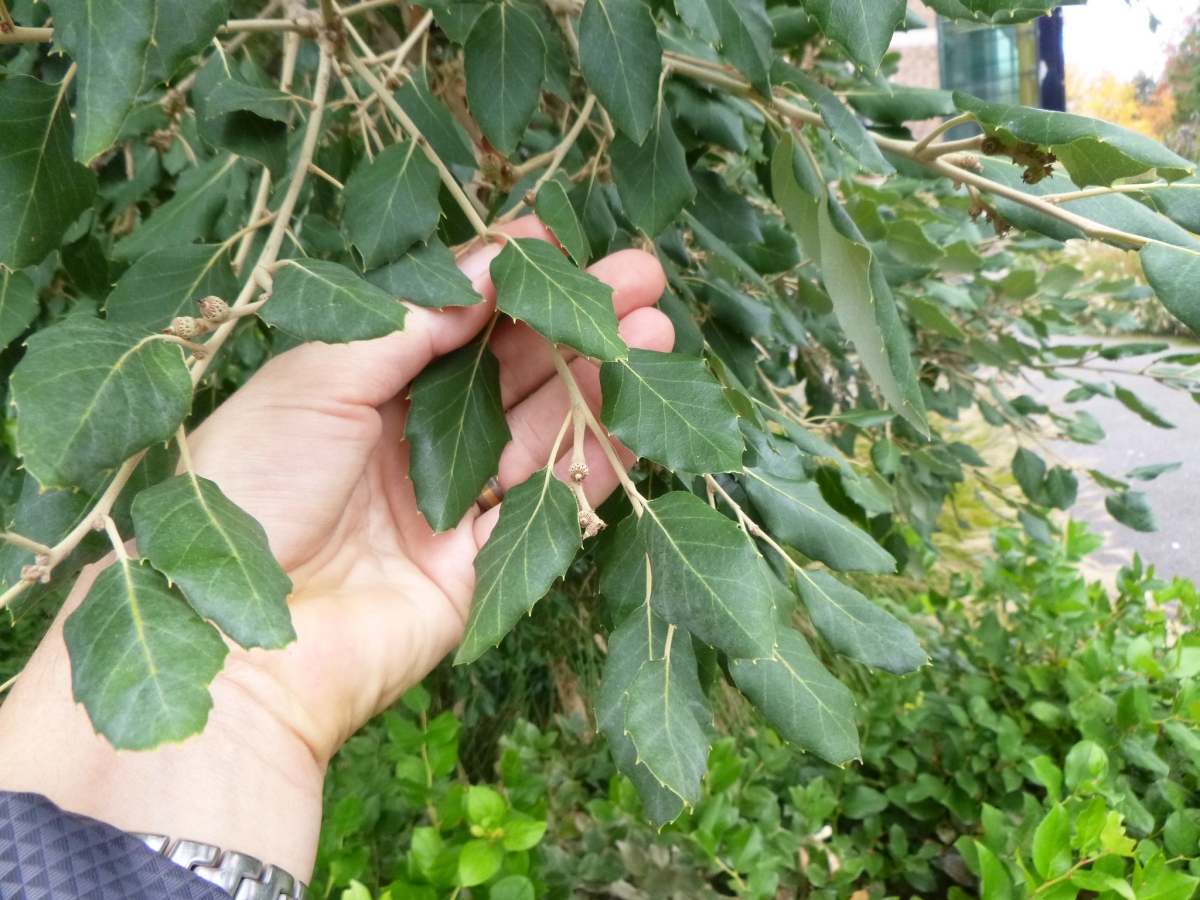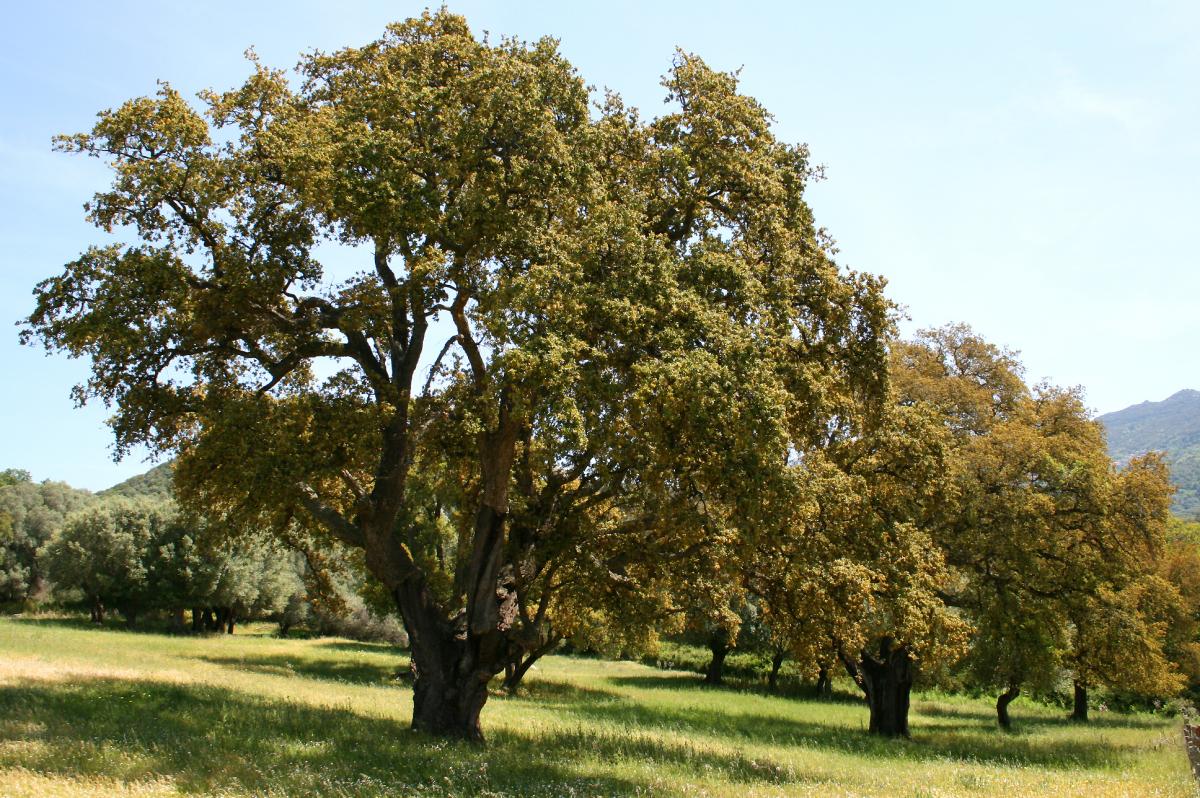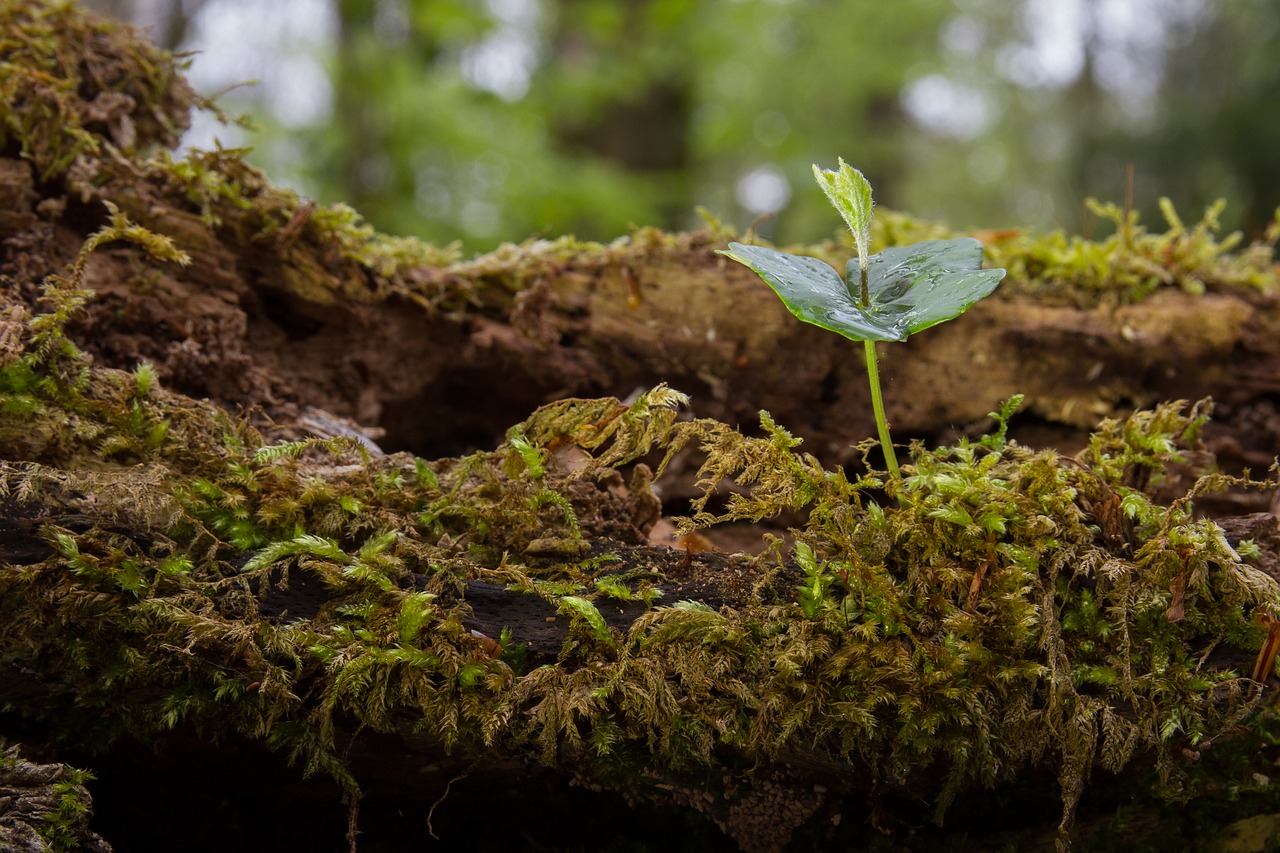
Image - Flickr / SuperFantastic
The cork oak is one of the most common trees in the fields and meadows of Europe and North Africa.. It is a large plant, with a splendid crown which provides shade that is much appreciated, especially in the Mediterranean region, where the sun "squeezes" strongly during the summer.
In addition, it has been cultivated for a long, long time, not only for its ornamental value, but also for the extraction of cork from its bark, which will then be used to make different things that we will explain below.
What is the cork oak?

Image – Wikimedia/Xemenendura // In its habitat.
The cork oak, whose scientific name is Quercus suber, It is an evergreen tree that can reach 20 meters in height.. It has a wide crown of several meters; in fact, if it is isolated and not drastically pruned, it may exceed 4 meters in diameter. Its leaves are green, medium in size, and with a slightly serrated margin.
Its trunk is robust and branches a short distance from the ground if it is isolated.; in the event that nearby trees will tend to produce higher branches. The bark is wide in adult specimens, and cork is extracted from it as we said before. And the fruit is an acorn that measures about two centimeters.
Where can we find it? Well, it is a species native to Mediterranean Europe and North Africa. In Spain we find it mainly in Andalusia, Extremadura and Catalonia. Of course, that does not mean that it does not occur in the rest of the country, but rather that it is in these three communities that the best Spanish cork oak forests are preserved.
And by the way, it is a tree that receives other names. For example, the Andalusians usually call it chaparro, although it is also known as a cap oak. In any case, when we talk about the cork oak we are all talking about the same plant: slow-growing, but of great beauty, which can live up to 250 years.
What is?
The cork oak is a widely cultivated plant mainly for the extraction of its bark. This task is done manually, after the tree is 30 or 40 years old and every 9 to 14 years, depending on its growth rate and how healthy it is.
Once obtained, cork is used for several things such as: sealing bottles, making shoe insoles, or even in construction as an insulating material from noise and cold. It also has a decorative use, since it is used to make models, trays, pictures, and the like.
Another way to use it is like charcoal. Acorns serve as food for livestock, to be more specific about pigs, although humans can also consume them (although you have to take into account that their taste may be too bitter for you).
And last but not least, we have the ornamental use. It is a plant that provides a lot of shade, capable of resisting both frost and heat equally well, so let's see how it should be cared for.
What care should be given to Quercus suber?
The chaparro is a resistant and adaptable plant, which can be enjoyed from its youth in a garden or orchard. It does not require special care, but it is important to know its cultivation needs so as not to be surprised:
Location and ground
We will plant it in a sunny exposure, in which there is fertile and well-drained soil.. Likewise, the soil must be acidic, that is, without lime, and not too compact. In heavy soils it has a slower growth rate, because its root system is literally pressed by the grains that make up the soil in which they grow.
If we take into account the height and diameter of the crown of an adult specimen, it must be planted at least 4 meters from walls, walls and other large plants, being better five or even six meters so that, in the future, it looks even more beautiful.
Irrigation and humidity

Image - Wikimedia / Jean-Pol GRANDMONT
The chaparro is a Mediterranean tree, and as such, resists drought but not dry environments (with ambient humidity below 50%). Therefore, irrigation will be rather scarce. You have to water about 2 times a week during the summer, and once a week the rest of the year if it doesn't rain.
In any case, this will only be necessary for the first few years: after 2-3 years you will be able to separate the risks more since the tree will have already rooted enough to better withstand dry periods.
Multiplication
the cork oak multiplies by seeds. These can be sown as soon as they are picked from the tree, in the fall. A pot or seed tray with soil for acid plants (for sale here) will serve. Water them from time to time so that the soil does not dry out, and in spring they will begin to germinate.

Rusticity
Withstands frosts down to -10ºC, and heat up to 40ºC.
What do you think of the cork oak? You like?

